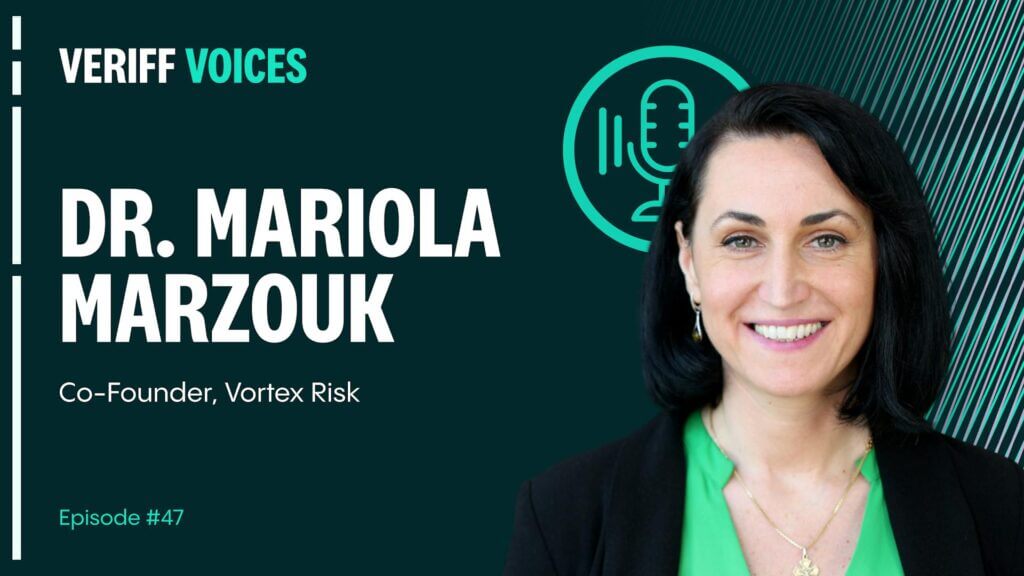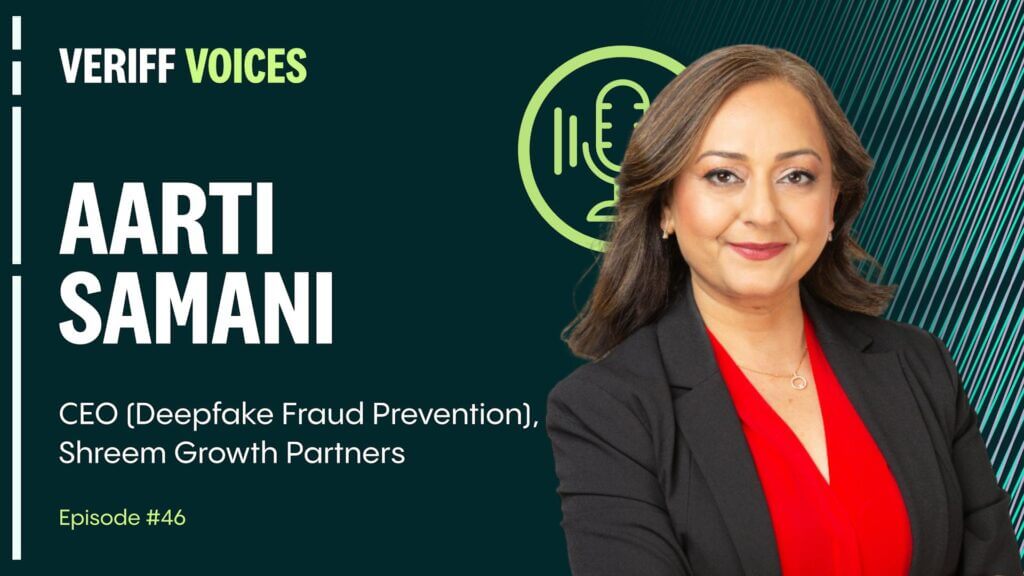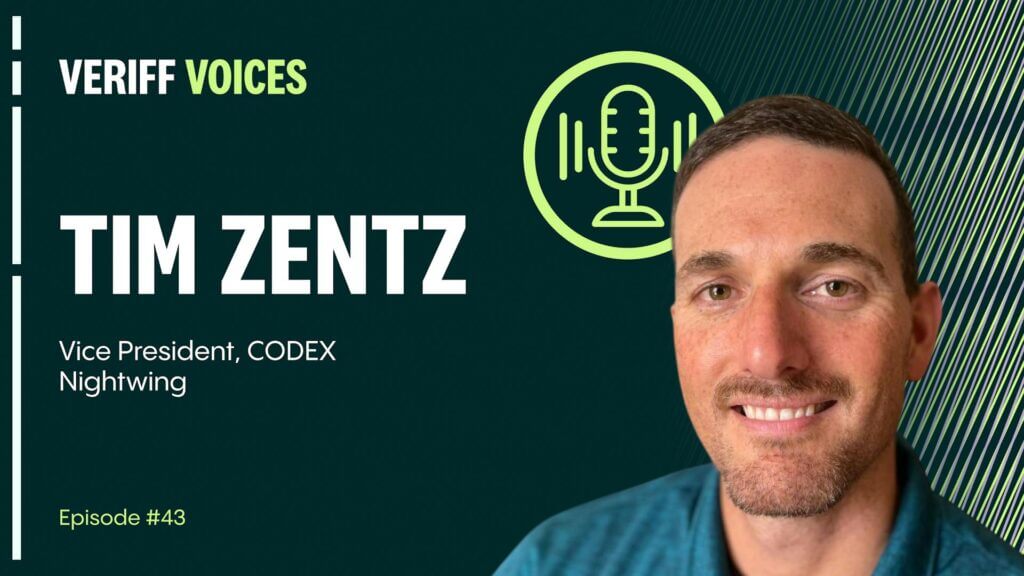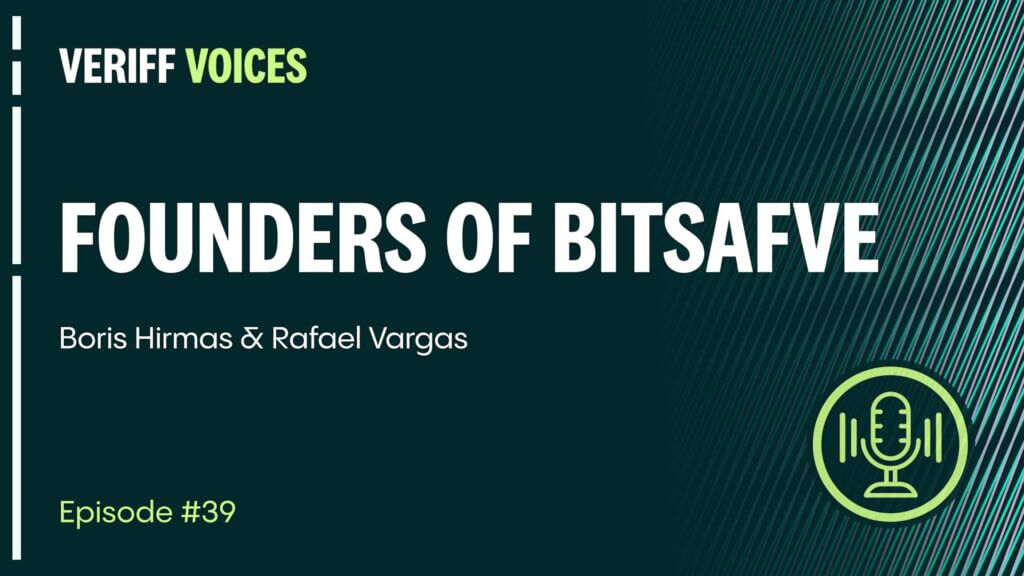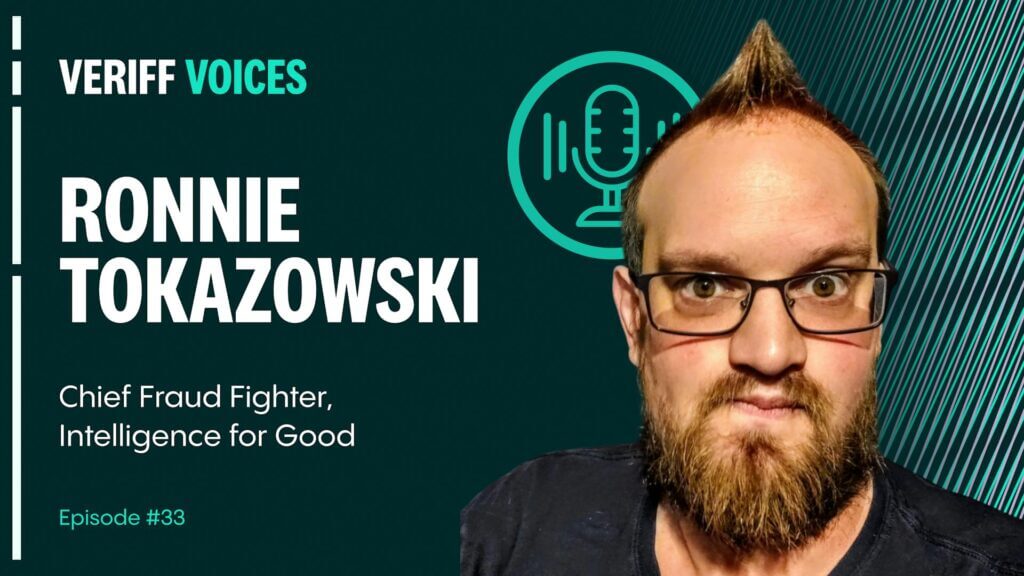Podcast
Global problem, local solutions: customer verification in Latin America
Online fraud is a global issue, and Veriff aims to be the leading global provider of solutions to address the problem. However, there are important nuances between markets that must be taken into account in identity verification, as the example of Latin America demonstrates.

Listen to full conversation with Sacha now!
In a globalized world, online fraud respects no boundaries. However, that’s not to say that the problem – and the most effective solution – is the same in every market. As Sacha Vasilkioti, a Product Manager for Veriff explains, an important difference between Latin America and more established markets such as Europe and North America is that the region is digitalizing rapidly.
“Obviously, what we do is we enable people and companies to do more online in a safer environment,” comments Sacha. “So, countries that are heavily moving online are a really interesting market for us.”
Latin America is a sizeable region with dozens of countries. As a global business, Veriff operates in various markets in the region, but currently has a key focus on the largest and most influential for our core sectors. Our experience is that the fraud rate is relatively high in Latin America, with document tampering and impersonation attempts particularly prevalent.
Regional nuances
The high incidence of fraud means that trust is a huge issue online in many Latin American countries.
“One of the things we hear a lot is that users are actually a bit scared of going through these processes – there’s almost an assumption that if you do something online, something will happen to your data,” comments Sacha. “So, building that trust, building that awareness for users that there are safe ways to do things is really important for the market.”
Another issue is that the quality of networks is generally lower in Latin America, so any process that relies heavily on data transfer is more difficult. The types of devices that are most common on the market are also a factor.
“The quality and sharpness of the images they take means that the algorithms that are running on the market have to be tailored,” explains Sacha. “We have to take into account the amount of data that we can process and how we process it has to be adjusted.”
“Colombia is also heavily promoting digital documents, which really changes the process,” says Sacha. “The number of digital documents we’re seeing is still quite low, in the single digits in terms of percentages, however, it’s increasing.”
Key sectors and use cases
As elsewhere, the financial services sector is Veriff’s key customer in Latin America.
“It’s the most regulated and has the most financial risks associated with it,” comments Sacha. “It’s payments, it’s buy-now-pay-later, it’s loan applications, and so on.”
As well as initial onboarding, identity verification is used for reverification at certain points, such as during account recovery or for high-risk transactions.
Veriff has a presence across the region, but with the majority of Latin American fintech firms located in three key countries, these currently get significant attention.
“80% of fintechs in the region are located in Mexico, Colombia and Brazil, which are the markets we’re focusing on at the moment,” says Sacha.
A growing sector for IDV in the region is mobility, particularly ride sharing apps, where it is used to protect both businesses and customers by confirming the identity of both drivers and passengers. Sacha also flags social platforms and event access as key sectors for Veriff across the region.
“Perhaps one interesting call out is the gaming industry,” says Sacha. “New gaming laws have recently come into effect, which made the gaming industry in Brazil higher priority, higher interest.”

Veriff Voices
Listen to the full conversation with Sacha and explore more Veriff Voices podcast episodes.
Trust in the provider
An issue that’s particularly prevalent in Latin American markets is the problem of bogus financial providers.
“One of the vectors of fraud is that there are companies that seem like they could give you a loan, but in reality, they’re actually stealing your data,” explains Sacha.
This creates a trust issue for genuine financial services firms, with customers reluctant to provide the necessary personal information to prove their identity.
“What often works is putting identity verification a bit further on in the process, where the user already has more confidence that it’s a legitimate process,” says Sacha. “That’s different from some other markets, where identity verification actually comes first.”
The question of cost
Another factor affecting where verification sits in the onboarding process in Latin America is cost. In Europe and the US, IDV is relatively cheap compared to other elements and is thus one of the first steps taken to onboard a user. In contrast, in Latin American countries IDV is a relatively expensive component, so it often sits further back to optimize costs.
“You could have situations where, let’s say, a registry check will be done first and only if that is successful, then the user will be taken to IDV,” explains Sacha. “So, cost does have an effect on how the market operates.”
Eliminating manual processes
Traditionally, Latin American markets, particularly Mexico, have tended to rely on manual inhouse teams to resolve issues. Instead of retrying an automated process, an employee reaches out to the user by phone or via WhatsApp to advise on uploading pictures or to validate data.
Veriff has put significant effort into developing and refining messaging to the end user within the process. This ensures the user receives immediate feedback on issues such as the quality of the images submitted on how to proceed through the flow successfully.
“If that’s present you need less manual intervention from your inhouse team to follow up,” says Sacha. “But that’s an adoption process, so there’s definitely education that’s still happening.”
A local presence
Finally, as well as tailoring our products to specific local market and regulatory requirements, Veriff ensures a local presence, not only in terms of customer support but also solutions engineering.
“We’re there for the customer, in their time zone, so we can answer their questions on time and also we can truly understand the culture and the market,” explains Sacha.

Veriff Voices
Listen to the full conversation with Sacha and explore more Veriff Voices podcast episodes.




